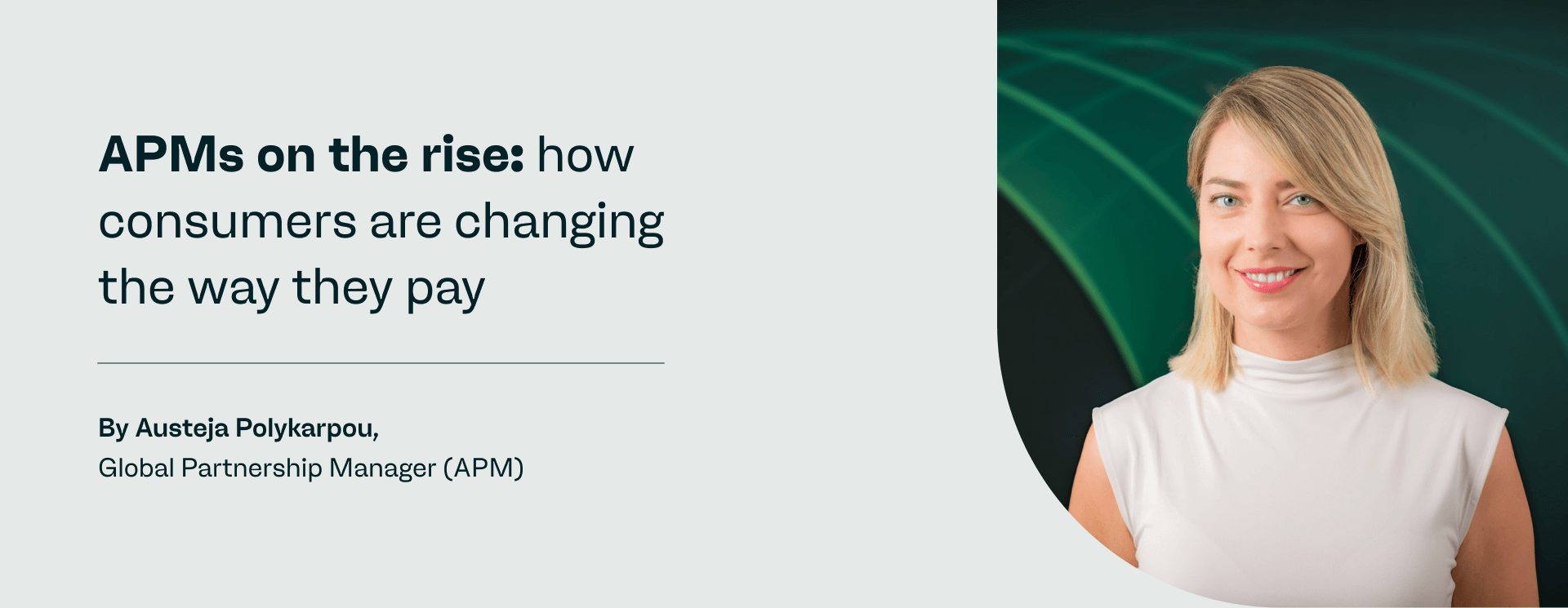
Credit and debit cards remain a dominant payment method around the globe, especially in North America, which was the birthplace of the modern credit card, and Europe, where the French, in particular, continue to have a strong affinity to cards.
However, according to our latest report on 2025 payments trends, we're seeing a prominent shift towards alternative payment methods (APMs) as the world’s consumers grow increasingly aware – and fond – of a broader mix of payment options.
Leading the charge are digital wallets, which were cited by an eye-opening 82% of respondents to our recent industry survey as the payment method set to grow the most over the coming year. Their popularity stems from their seamless integration, ease of use, and alignment with modern consumer lifestyles. They align well with what today’s customers value most: speed, convenience, and security.
Promoting Pan-European payments unity
We’re witnessing more interoperability and consolidation in the digital wallet space, which will further boost usage.
Wero, for example, is the new digital wallet launched under the European Payments Initiative (EPI) that’s making waves across the payments sector. It’s now operational in Germany, Belgium, and France, enabling seamless cross-border payments across Western Europe.
Supported by 16 European banks and two acquirers, including BNP Paribas SA, Deutsche Bank AG, and Worldline AG, it has become the first Pan-European payment solution for the Single Market, aligning with the banking sector's strategy for greater unity.
Instant bank transfers and open banking, highlighted by 70% of respondents in our research, are also now surging ahead, reflecting the desire for secure, real-time payment solutions that can bypass traditional intermediaries.
Providing choice and flexibility
At the same time, the rise of QR codes and Buy Now Pay Later (BNPL) schemes serve to highlight the importance of flexibility.
QR codes (cited by 34% of respondents) are emerging as a simple, user-friendly, and cost-effective payment option in markets where mobile adoption is high and digital payment infrastructure is rapidly expanding. They are now particularly prevalent across the Asia-Pacific region.
Meanwhile, the growing host of BNPL solutions making their mark on the global payments landscape (26%) are providing consumers with more spending freedom and affordability – though it should be noted the BNPL sector requires careful navigation due to evolving rules and regulations.
Additionally, cryptocurrencies (21%) and central bank digital currencies (CBDCs, 11%) signal the rising influence of digital assets in shaping the future of payments. While these are still very much emerging trends, they hint at a future where payments are even more diverse, decentralised, and globally connected.
A cornerstone of exceptional customer service
The move towards a broader mix of APMs underscores the need for the world’s merchants and other businesses to embrace diverse payment preferences, ensuring they remain relevant and competitive.
Ultimately, these APMs reflect a fundamental shift in how consumers approach transactions. They streamline the payment experience, making it effortless for users while reducing friction at checkout.
For businesses, adapting is essential. Offering a wider range of payment options that cater to local preferences and behaviours isn’t just a nice-to-have - it’s a strategic necessity in delivering exceptional customer experiences.
The payments industry is evolving at an unprecedented pace. For further insights, check out our 2025 Commerce and Payment Trends Report, which uncovers the trends and innovations that will define 2025 and help you navigate the future of payments and commerce.
